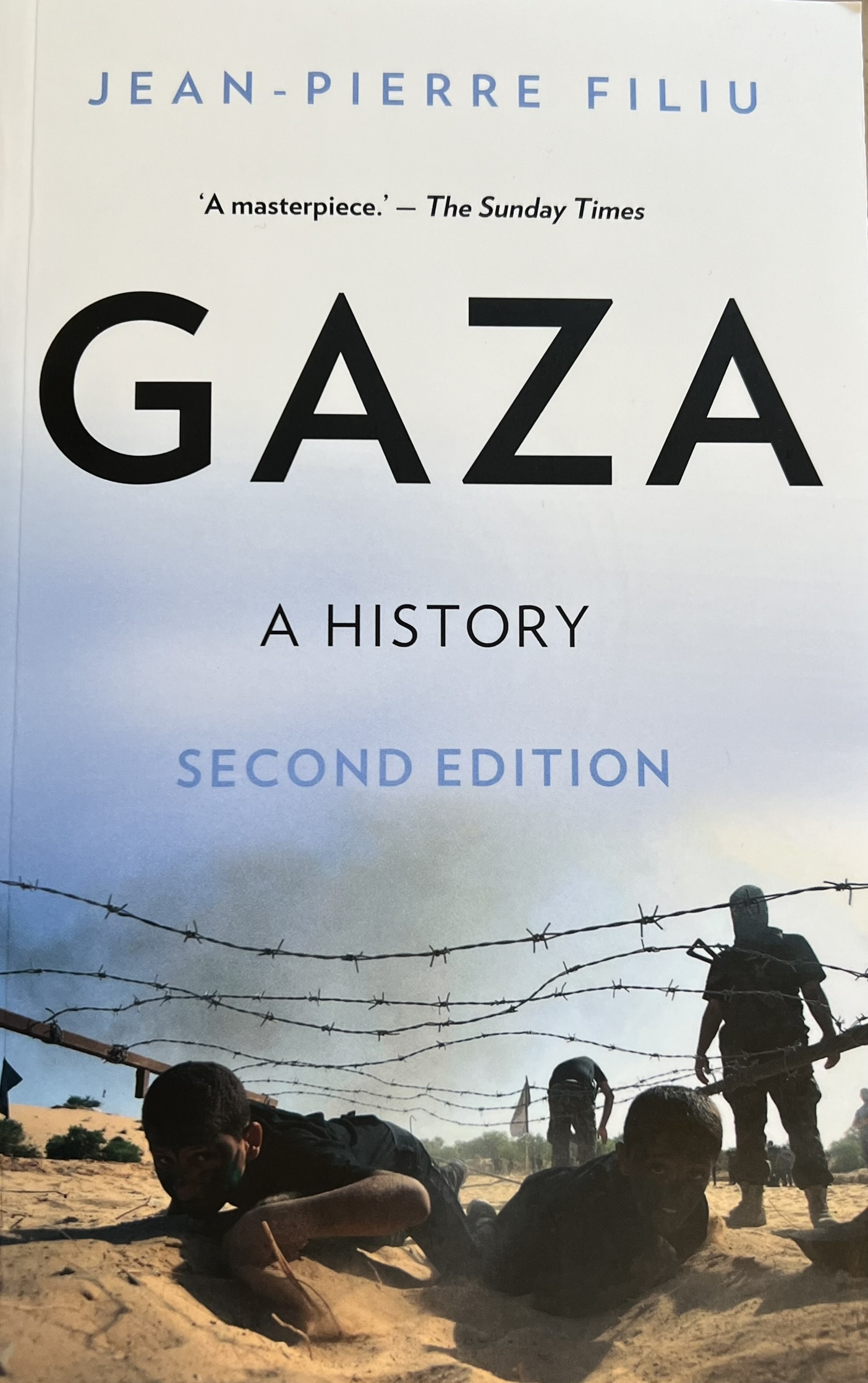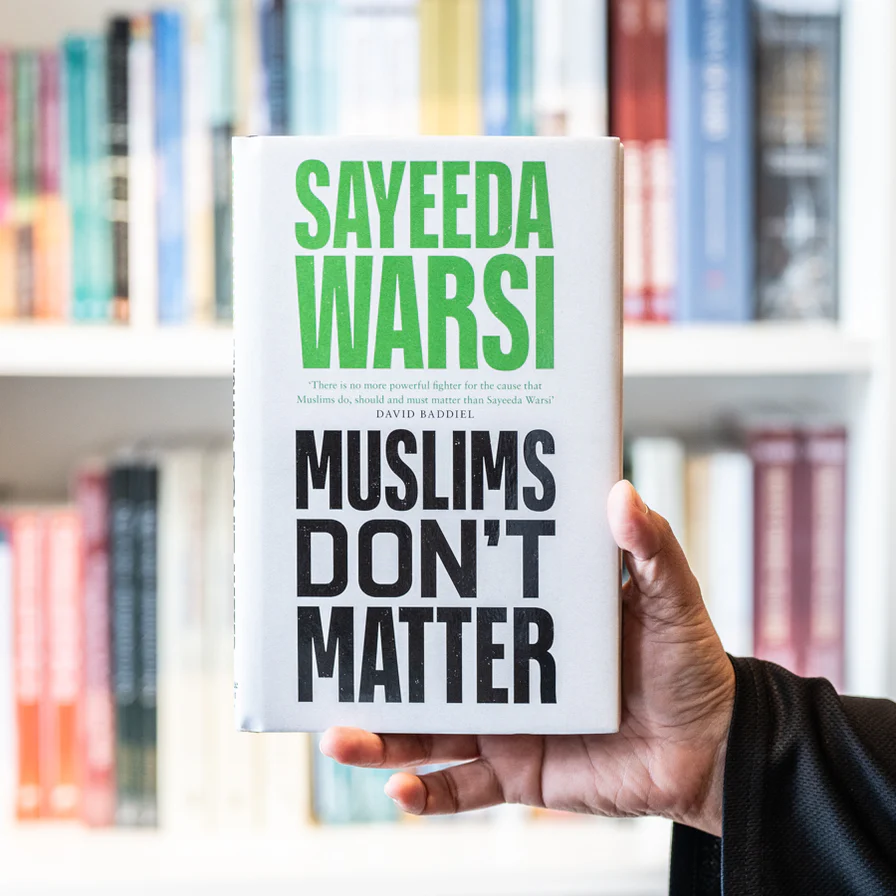Below we present an interview with curator Hammad Nasar which featured in Naked Punch issue 10 . Hammad Nasar is a curator and writer, and co-founder of Green Cardamom, a not-for-profit organisation with a focus on art from South Asia and a commitment to exhibition-led enquiry. He was a Fellow of the UK’s Clore Leadership Programme and Research Fellow at Goldsmiths College, London. He has lectured at, curated exhibitions for, and contributed to public programmes at numerous institutions internationally, including the Sindh Museum in Pakistan, the British Museum, Manchester Art Gallery, SOAS, and Whitechapel Gallery in the UK, and the Aldrich Contemporary Art Museum (CT), Asian Art Museum (CA), and the Pacific Asia Museum (CA) in the USA. He most recently organised an exhibition and symposium at the Herbert F. Johnson Museum of Art at Cornell University (NY) entitled ‘Lines of Control,’ part of an ongoing project that looks at the idea of partitions as a productive space—where nations are made.
Article image: Installation of Lines of Control Exhibition at the Johnson Museum of Art.
Jan. 12, 2008
Peter Weibel has described the curator as a ‘producer’ – defined here by the producer’s role in film: commissioning writers, actors and directors to realize an idea. Do you see your relationship with curating in a similar way or is there a better description for what you do?
To me curating is an unspecified and poorly defined discipline engaged in moderated conversations about art. They are critical conversations, and if done well, can be as useful in uncovering new ways of looking at old material as well as in developing new material. But like any conversation they need more than one person to be engaged, otherwise they are soliloquies.
For example, Karkhana was a full-fledged exhibition conceived and organized by the artist Imran Qureshi when I first came across it. To my eyes the process that led up to creating the twelve collaborative paintings was at least as important as the finished works, and I wanted to capture that process in a book. This set off a collaborative project between museums, academics, artists and curators which led to a different type of exhibition – Karkhana: A Contemporary Collaboration –using the existing work to tell a richer story.
On the other hand, Beyond the Page — a UK exhibition that argued that miniature was not just a technique but also an attitude — was an argument developed in conversation with artists Imran Qureshi, Rashid Rana and Hamra Abbas and the academic Anna Sloan among others. And it gave the opportunity to invite artists to create new work in two different spaces.
What would be your current theoretical framework for developing projects at Green Cardamom?
Green Cardamom works both as a commercial gallery and as an organisation creating public projects in partnership with museums, galleries, academic institutions and artists. Too often, ‘international’ is used to describe a Euro-American viewpoint hovering somewhere mid-Atlantic. We are trying to help forge a different meaning of international for the art world — with its centre in the Indian Ocean.
Within that very broad rubric, the projects we take on are determined by the interests and concerns shared by our team. Some of the thematic platforms we have done projects around include contemporary miniature, pop in the vernacular, and faith and identity.
Others we are developing include: partitions as the way nations get made (the subject of a research fellowship I am doing at Goldsmiths, and a series of events and exhibitions called Lines of Control), the notions of paradise in popular culture, and drawing as a process.
They continue the theme of open conversation that I referred to earlier.
For Karkhana artists Imran Qureshi, Aisha Khalid, Nusra Latif Qureshi, Hasnat Mehmood, Talha Rathore and Saira Wasim collaborated in producing twelve paintings. The artists were all trained in the National College of Arts in Lahore and share an interest in miniature painting. Living in Lahore, Melbourne, Jhelum, New York and Chicago they exchanged works via international couriers and took turns contributing to each piece.
Several key figures and young artists in Pakistan have studied, lived or live abroad. In light of the increasing interest by the Western art world in Asian art and considering that these artists must be aware of the exoticizing of their work by international galleries, how self-conscious or artificially rushed has the production of an identity for contemporary post-modern Pakistani art become?
Pakistani art has been consumed by considerations of identity ever since the birth of the nation in 1947. And given Pakistan’s propensity to lurch from one existential crisis into another, I don’t see much respite from these issues just yet. Having said that, I feel there is a difference in the approach of the current generation of artists who have had the luxury of history, of being born Pakistani, and thus not wrestling with the notion of creating a visual identity.
The issue of exoticisation is a live one. Not only in the sense that it is perceived as an easy way to market the “other”, but also in that the art world is alive to this issue, and is equally likely to not engage with the exotic out of fear of being identified with this exoticisation. This is interesting when you look at the work of people like Nusra Latif Qureshi, who very consciously and critically uses the element of visual seduction in her artistic interrogation of how history leaves its marks. Her work, in a paradoxical way, appeals to both highly informed professionals equipped with the references that help them unravel the multiple layers and to lay audiences who can look at the work as pure eye-candy. The folks in the middle are left unsure of quite what road to take.
Politics in and of Pakistan, because of its effects on ordinary life – i.e. the recent declaration of emergency – dominates the intellectual space in places like Lahore and Karachi where a lot of artists such as Sophie Ernst and Saira Wasim live. How does this affect Pakistani and South Asian contemporary art practice?
In a major way of course. How could it not? I realised the full extent of this, not by studying current reactions in Pakistan, but out of seeing the impact of the communal violence (in Gujarat and beyond) on visual artists in India, specifically the work of people like Nalini Malani, Amar Kanwar, Shilpa Gupta, Anita Dube and Navjot Altaf. The political and social tension opened up a way for a new generation of Indian artists to explore the trauma of partition. Which has largely been suppressed in both countries.
The oppression of the female is a constant theme when discussing Islamic societies, yet Pakistan’s art world and art schools appears to be largely female-dominated. In essence this fact should challenge the notion of the oppressed Muslim woman who is not allowed expression yet the art made by these women often confirms the view that this oppression exists by denouncing it. Can you explain a bit about how these two realities co-exist?
This is a South Asian specialty. It is a place where the first and third worlds live cheek by jowl. We have female presidents and prime ministers, but most of them reached their positions through dynastic politics that seem closer to monarchies.
The dominance of women in Pakistan’s art establishment is also a reflection of how the arts were deemed an acceptable area of study in previous generations. In fact, the first department of art established in the Punjab University had the specific aim of offering a subject for women so that they don’t take up valuable places in the science departments.
Given that the notion of the professional artist, who survives on their art, is still fairly new, I think this will change. I have great hope for men in the future.
Can the resurgence of miniature painting in contemporary Pakistani art be defined simply as an attempt to find a unique national visual language? How is this linked to the development of the miniature painting programme at the National College of Art in Lahore during the 1980s?
There is no word for miniature in Urdu, and a miniature painter is simply musawwair or artist. You have to remember that this is what art was in the sub-continent before the Raj.
Lots of artists from previous generations studied miniature painting and were influenced by it. What happened in the 1980s was the vision of one artist and teacher, Zahoor ul Akhlaq, to activate the largely dormant potential of miniature painting as a living framework for creating contemporary art. He did this partly through his own practice, but also by elevating the miniature department at the National College of Art in Lahore to the same status as Western painting, printmaking and sculpture.
Up until then miniature was a convenient visual language for successive Pakistani regimes looking for ‘national art’. But the last two decades has seen a wealth of extraordinary talent coming out of this department: Imran Qureshi, Shahzia Sikander, Aisha Khalid, Nusra Latif Qureshi and more recently Muhammad Zeeshan and Khadim Ali.
This new interest in miniature painting requires that the artist develop skills presently out of fashion in Western contemporary art education through copying old masters and respecting traditional technique. Does this trend separate artists from the region into those leaning towards Western techniques and conceptual practice and those whose work is more traditional?
Thankfully this is not a binary opposition. There are artists who can draw and think. If we take the example of Hamra Abbas, an infinitely creative artist who has interrogated the forms and frameworks of miniature through sculpture, installations, ceramics, lenticular prints, videos and even drawings. Her life-sized amorous couples in Plasticine at the 10th Istanbul Biennial referenced Indian miniatures, and she combined paintings with a three channel video projection for a work she produced while artist-at-residence at the V&A and Gasworks in London.
At the recent opening of the National Gallery in Islamabad president Musharraf is quoted as saying that “it’s vital to project a soft, peaceful, tolerant image of Pakistan.” Critics fear that the gallery will become a tool of political propaganda instead of a space for reflecting the true spectrum of Pakistani art. As a curator are you positive about the future of this institution?
The National Gallery is certainly a marker for a greater recognition of the visual arts in the Pakistani government’s agenda. My concern is that it has been developed as a building first and to my mind the building should be last thing an institution needs. What goes inside it, why it goes inside it, how is it updated and who makes these decisions are the bigger questions for a national gallery.
I would like to highlight the approach adopted by a non-government initiative in Karachi, the Foundation for the Museum of Modern Art (FOMMA) which I think is more promising. They have opened an art historical research centre, a small temporary exhibition space, a venue for lectures and discussions and initiated a publications programme in preparation for taking on a big building. I am much more optimistic about initiatives such as these and the programme run by the foundation-backed VM Art Gallery to set up the infrastructure that will do justice to the full breadth of Pakistani art.
Follow Naked Punch Review via Facebook
View and Buy Naked Punch Review by clicking here.


